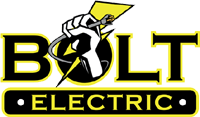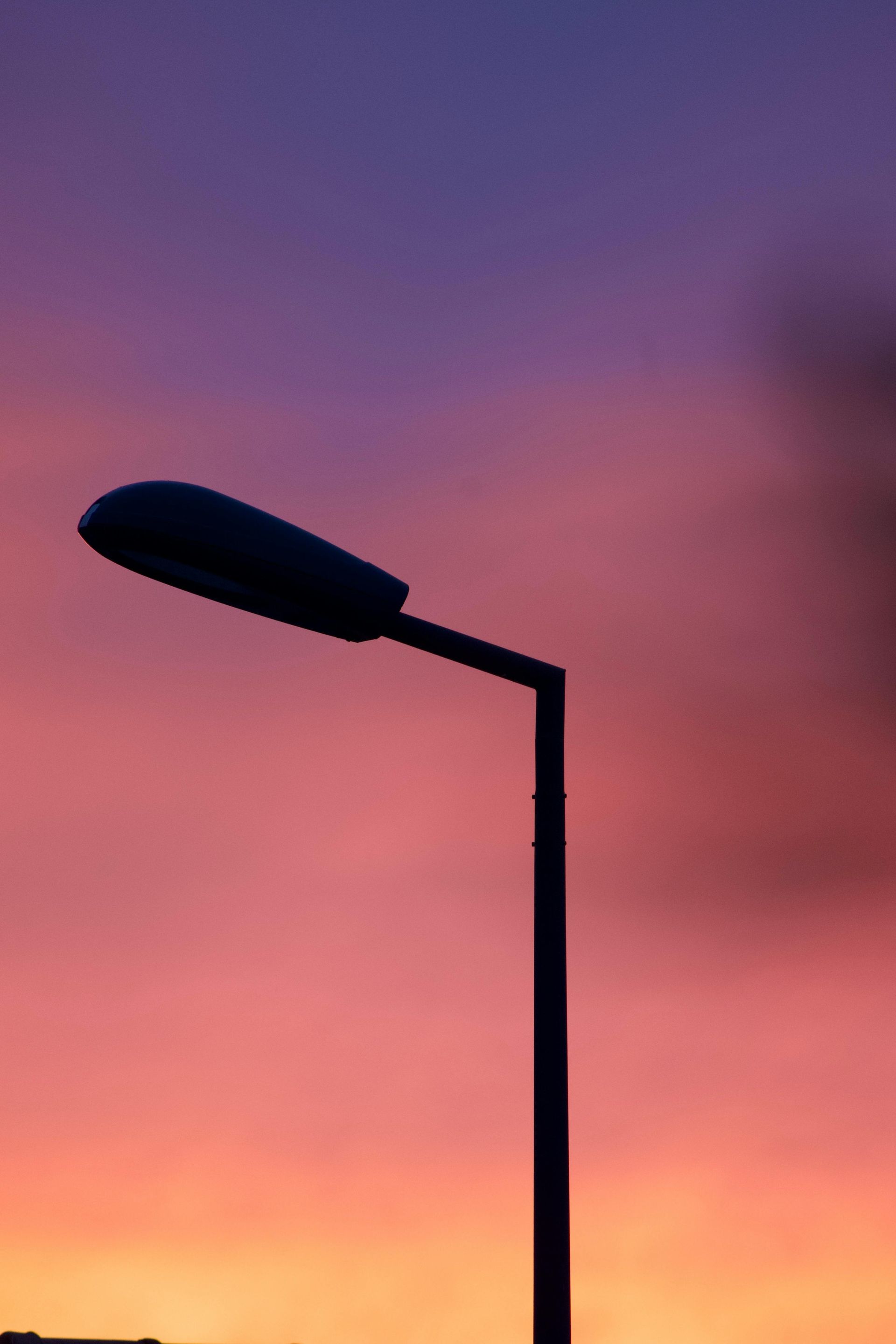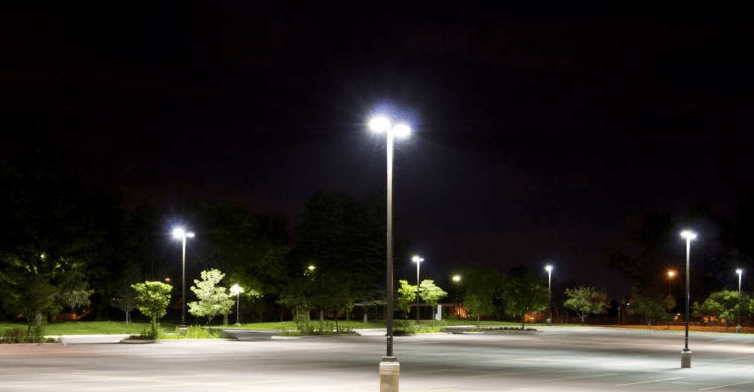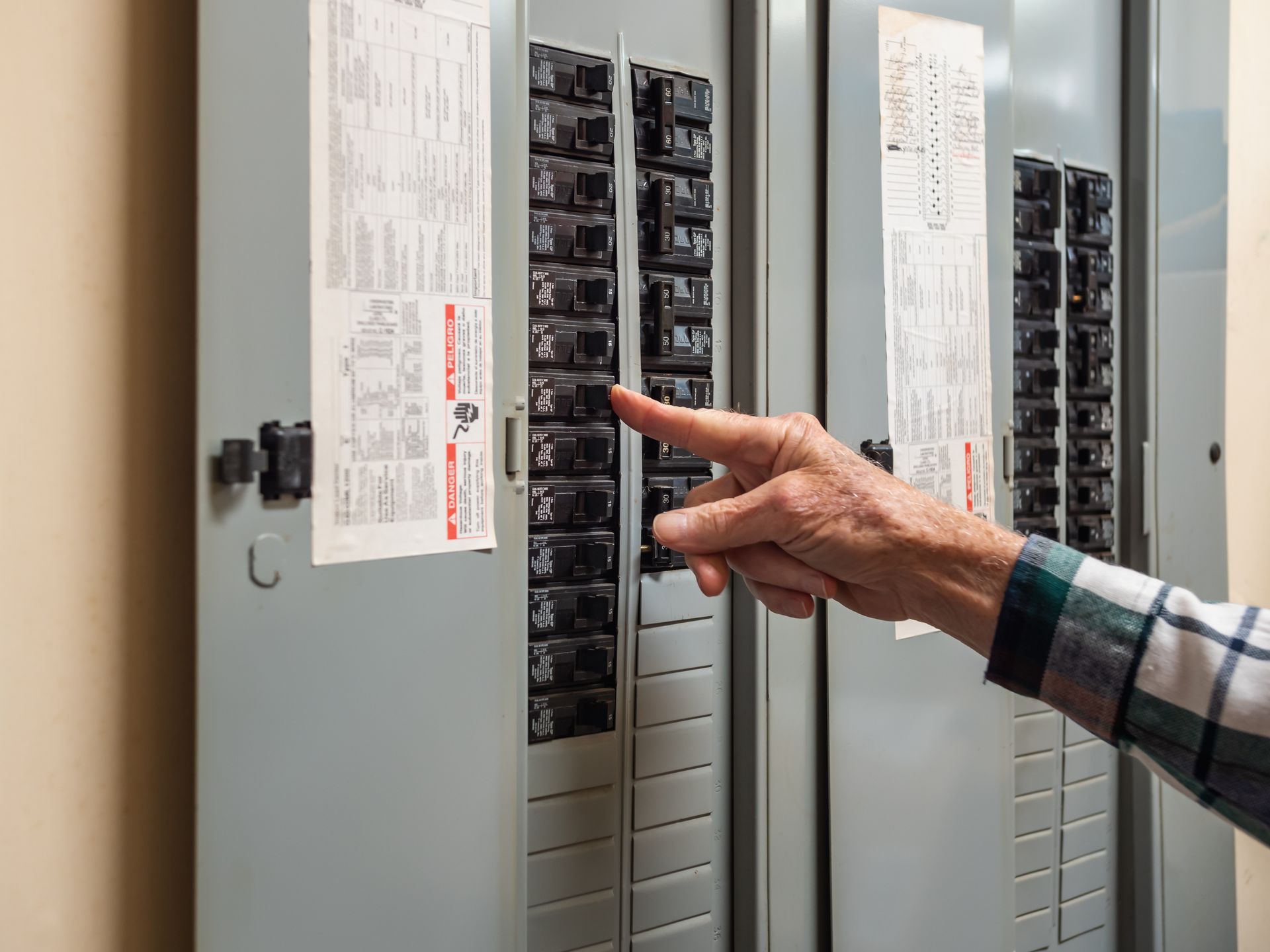Power Strips, Surge Protectors, & Extension Cords
Victoria Meade • September 26, 2019
The Basics...
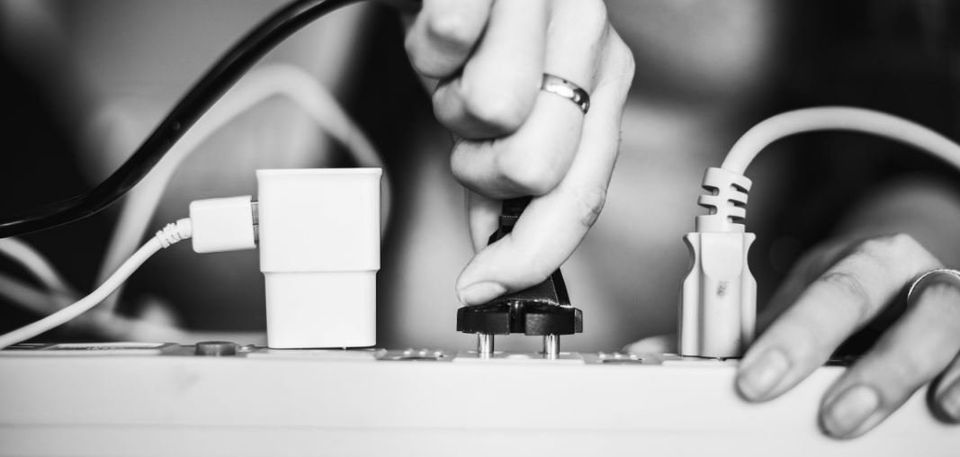
Power strips, Surge Protectors, and the ever popular Extension Cord, are kind of an inevitable thing in most homes of today. In this day and age, we have so many electrical appliances, tools, and even toys that all require electrical power.
The problem? You’ve only got so many electrical outlets to power these devices.
The solution? The Power Strip! Or The Surge Protector?! Or an Extension Cord?!
The reality of this situation is that the everyday user doesn’t really understand the capacity of a power strip, surge protector, extension cord, or the appliance they are plugging into it - they just see a need for power and a plug!
So let’s take a look at our options for plugging in…
"Power strips"
as they are most commonly referred to; typically consist of several components, various electrical receptacles, a power switch, a circuit breaker, and a flexible grounded power cord. What should you be plugging into your Power Strips, you ask?
• Power Strips were designed specifically to handle multiple small electrical loads at one time; such as powering up a radio and a lamp simultaneously. They are not however, made to handle a major appliance; like a ban saw or even a space heater.
• Power strips are rated for a certain capacity, but not all things plugged into them have the same electrical current draw. For instance, a computer monitor may use more power than a charger for a cell phone.
1. Do You should only use light-load appliances on power strips. This can include lamps, clocks, smallfans…etc.2. Do Use power strips sparingly. They aren’t designed to maintain a load for extended periods of time,and can overheat quickly if used too frequently.
3. Don’t Ever plug a power strip into another power strip. Doing this is a great way to short outappliances, or drastically increase the risk of an electrical overload or a fire.
4. Don’t Continue to use a power strip if it feels hot. That should never happen!
A
“Surge Protector”
functions similar to a power strip as it gives you, the user, the ability to plug in multiple electronic devices however; it also serves another very important function. A surge protector will also protect your electronic devices from power surges/ spikes.
• A power surge or spike; is a burst or high increase of power; that lasts for a fraction of a second. Surges or spikes can be caused by lightning strikes, power outages, tripped circuit breakers, short circuits, and other things too, such as downed power lines.
• If a power surge occurs when a device is not hooked into a surge protector, damage to your device can and will most likely happen (usually over a period of time) however, if the circuit a device is connected to is subject to a lightning strike, most often; even a surge protector can’t prevent damage.
• Surge Protectors and power strips look very similar. In order to tell the difference between a power strip and a surge protector, you have to look for an electric rating. Look for a Surge Protector that is rated at 200 to 400 joules. And for even better protection, look for a rating of 600 joules or more.
Here are a few examples of items that can be plugged into a Surge Protector:
1. Desktop Computers
2. Laptops
3. Servers
4. Televisions
5. Home Entertainment Systems (Receiver/ Video Game Systems). For a home entertainment system, you can usually purchase a single Surge Protector strip to power the complete system!
An
“Extension Cord”
is essentially a bundle of insulated electrical wires with a plug on each end. Extension cords come in various colors, lengths, thicknesses and service duties. In general, the more power needed by the appliance, the thicker the cord should be, which basically means larger wires inside the insulated sleeve, to accommodate the electrical load of larger appliances.
Electrical current flowing through said insulated wires generates heat, and if your cord is a light-duty extension cord, plugged into say a refrigerator, too much current flowing through those wires can overheat, which in turn melts the plastic insulation of the wires causing short circuits and fires! Big no no!
And always remember that cords to be used outdoors, in wet areas, around oils, or exposed to sunlight for long periods of time should be selected for such specific conditions.
Light Duty Extension Cords: These resemble a lamp wire cord and are usually not grounded.
• Lamps, Clocks, and other light-duty electrical devices that draw up to 7 amps of power
Medium Duty Extension Cords: Usually grounded cords that have a 3 prong plug.
• Televisions, Computers, and devices that draw up to 10 amps of power.
Heavy Duty Extension Cords: The heavy duty cords are suitable for drawing 10 to 15 amps of power, and always have the grounded, 3 pronged plugs.
• Tools and Heating Appliances that draw up to 15 amps of power.
GFCI Extension Cords: When using extension cords outdoors, in a basement or crawlspace, or anywhere a cord might encounter moisture, the cord should be a GFCI (ground-fault circuit-interrupter) type, or should be plugged into a GFCI-protected outlet. Some extension cords include built-in GFCI protection. This protection helps prevent against shock hazards.The U.S. Consumer Product Safety Commission has found that extension cords are among the most dangerous electrical devices in our homes, due to improper cord sizing and use. Each year, accidents from extension cords kill around 50 people, result in 4,000 injuries requiring hospital treatment, and cause over 3,000 residential fires. Most extension cord failures can be prevented simply by using the right type of cord for the job, and as mentioned, there are various types of extension cords, for various needs.
And please remember… Always follow appliance manufacturer instructions regarding
the use of extension cords.
Some appliances should never
be used with extension cords.
We here at Bolt Electric hope this information helps you out when you’re in the market for a temporary fix for a plug! We’re also here for you if you want a permanent solution. Give us a call to set up an appointment if you need to add a receptacle (or several)!
Need to install GFCI plugs to get you up to electrical code? We can do that too! We’re only a phone call away! Give us a ring, we can’t wait to work with you!
Bolt Electric
13106 Lookout Way
San Antonio, TX. 78233
(210) 545-BOLT (2658)

